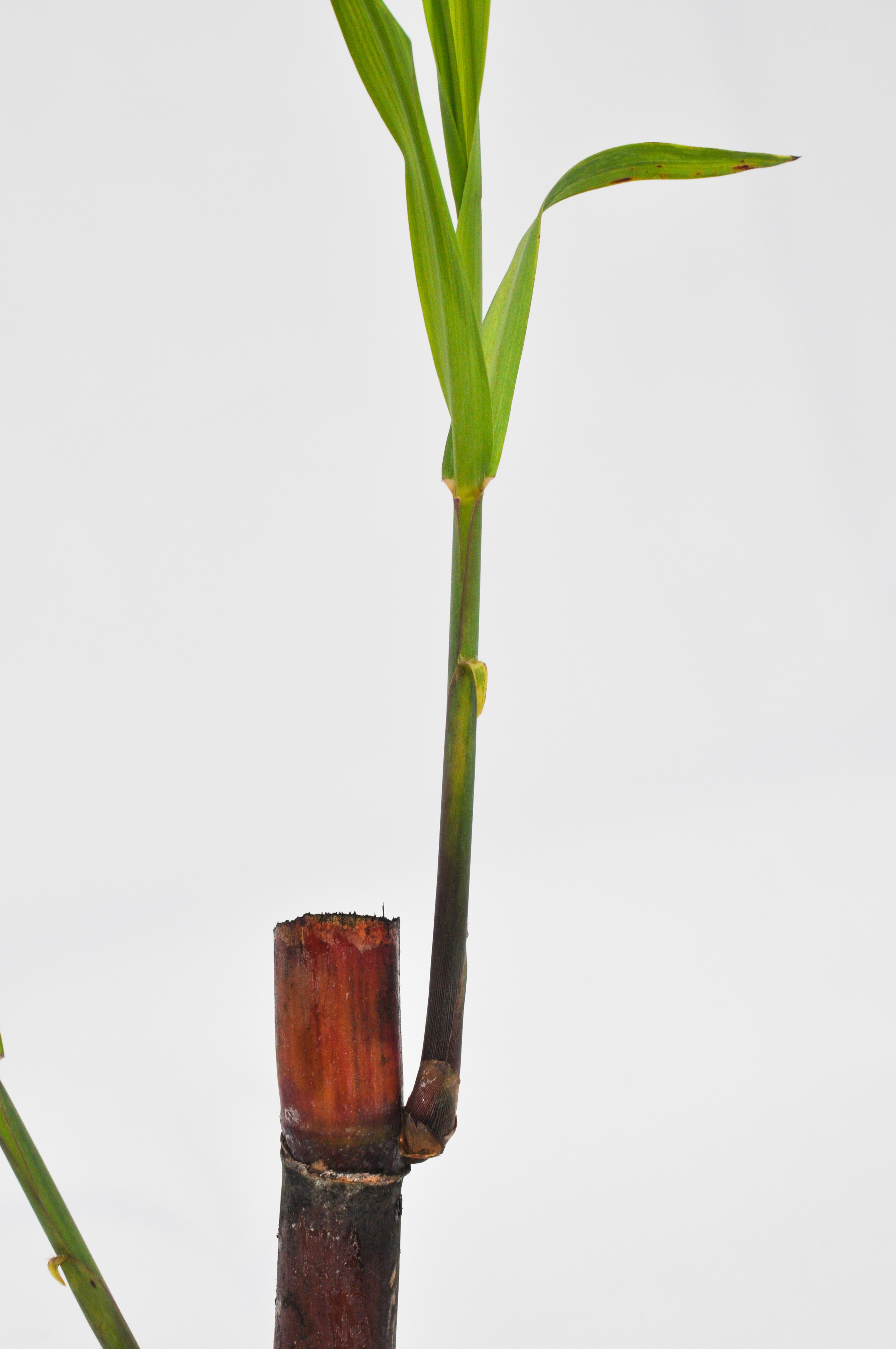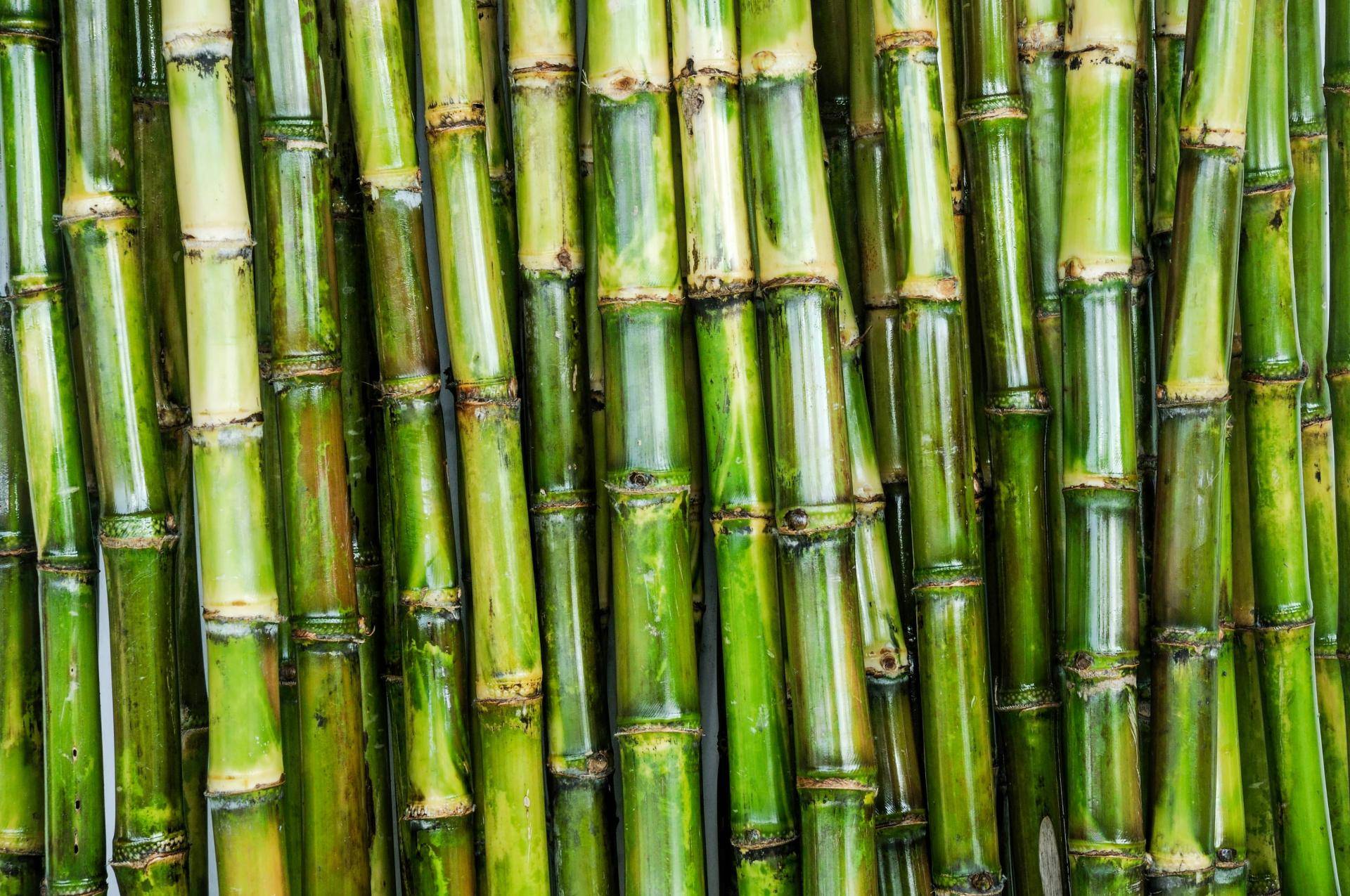The Rich History and Origins of Sugar and Cane Around the World
Making Best Use Of Sugar Production With Effective Walking Stick Sugar Processing Chemicals
The optimization of sugar production via the tactical use of cane sugar handling chemicals is an important location of focus for producers intending to boost yield and top quality. Effective application of making clear flocculants, agents, and enzymes can dramatically influence removal performance and juice clearness, yet the complexities of their interactions call for mindful factor to consider. Recognizing the nuances of these chemicals not just promotes conformity with market criteria but additionally aligns with sustainability goals. As the sector advances, what cutting-edge techniques and arising fads will shape the future of sugar processing?
Relevance of Handling Chemicals
Processing chemicals play a crucial function in the manufacturing of walking stick sugar, boosting both performance and top quality throughout the production procedure. These chemicals are used at different phases, consisting of extraction, filtration, and explanation, to enhance the return and purity of the end product - sugar and cane. By helping with the failure of plant cell wall surfaces, refining chemicals guarantee a more effective removal of sucrose from sugarcane, consequently raising general production effectiveness
Furthermore, the usage of handling chemicals help in the elimination of pollutants such as dust, waxes, and non-sugars that can detrimentally impact the quality of the sugar. This leads to an extra refined and crystal-clear product, which is important for fulfilling sector criteria and customer assumptions. Additionally, these chemicals can aid support the sugar throughout storage space, preventing destruction and maintaining its high quality over time.
The calculated application of processing chemicals additionally adds to environmental sustainability by minimizing waste and improving source performance. By maximizing removal prices and lessening pollutants, makers can attain higher profitability while adhering to environmental guidelines. In general, the importance of handling chemicals in walking stick sugar production can not be underrated, as they are crucial for attaining optimum outcomes in both yield and quality.
Sorts Of Walking Stick Sugar Handling Chemicals
A variety of chemicals are used in the handling of walking stick sugar, each offering details features to improve production performance and item high quality. Amongst one of the most common kinds are making clear representatives, which include lime and phosphoric acid. These chemicals help get rid of impurities and help with the explanation of juice throughout the removal procedure.
One more important classification is composed of coagulants and flocculants, such as polyacrylamide and gelatin, which help in the pile of put on hold fragments, therefore improving the filtration of sugar juices. Furthermore, sulfur dioxide is frequently utilized as a bleaching agent, helping in the removal of colorants while preserving the wanted taste profile.
Acids, like citric and acetic acid, are vital for pH adjustment, advertising ideal conditions for enzymatic reactions and improving overall sugar recovery. Antifoaming agents, such as polydimethylsiloxane, are used to reduce foam development during boiling procedures, making sure smooth operations.

Benefits of Effective Chemical Use
Utilizing chemicals effectively in walking stick sugar handling returns considerable advantages that improve both production effectiveness and product high quality. The correct use of processing chemicals can bring about boosted extraction rates, allowing producers to optimize the return from raw walking stick sugar. Improved removal not just decreases waste yet also maximizes source application, adding to set you back savings.
Additionally, effective chemical application help in the explanation and filtration phases, resulting in a higher-quality final result. This is critical for fulfilling consumer expectations and regulative standards, as pollutants can impact taste, shade, and general bankability. Using certain flocculants and making clear agents can accelerate the elimination of impurities, making sure a clearer syrup and, eventually, granulated sugar.
Furthermore, the ideal chemicals can improve the stability of the sugar during storage space and transportation, lowering the danger of putridity and preserving high quality. This stability is necessary for keeping product stability in an open market. Overall, the strategic application of handling chemicals not just enhances operations yet also elevates the final product, guaranteeing that manufacturers can supply top notch walking stick sugar efficiently and sustainably.

Best Practices for Application
Implementing finest methods for the application of chemicals in walking cane sugar handling can significantly maximize results and boost overall efficiency. It is crucial to conduct a detailed evaluation of the sugarcane quality and the certain handling requirements to determine the appropriate chemical formulations. This tailored method ensures that chemicals are utilized effectively and reduces waste.
Proper dosage is one more critical variable; adherence to manufacturer standards is crucial in achieving wanted outcomes without over-application, which can lead to negative ecological effects and boosted costs. Routine calibration of application tools her explanation is necessary to make sure accurate distribution and consistent insurance coverage of chemicals.
Additionally, timing of application check out this site plays a vital role. sugar and cane. Chemicals should be used at ideal phases of the handling cycle, such as throughout removal or explanation, to maximize their performance. Keeping track of the processing problems, consisting of temperature level and pH degrees, can better boost chemical performance
Last but not least, training personnel on safety procedures and functional procedures is essential. By fostering a society of security and compliance, centers can minimize dangers related to chemical handling while ensuring optimal chemical application for enhanced sugar yield and quality.
Future Trends in Sugar Processing
As the walking cane sugar market evolves, several future patterns are positioned to improve processing techniques and improve sustainability. One considerable trend is the boosting adoption of automation and electronic technologies, which streamline procedures and enhance effectiveness. Advanced analytics and artificial intelligence algorithms can maximize processing specifications, resulting in reduced waste and greater sugar yields.
Additionally, the combination of renewable resource sources into sugar handling centers is on the increase. Making use of biomass you can find out more energy from sugarcane spin-offs not just minimizes the carbon footprint however additionally decreases operational expenses. This change aligns with worldwide sustainability objectives and boosts the industry's durability against rising and fall power rates.

In addition, the formula of greener processing chemicals is obtaining traction. Manufacturers are creating naturally degradable and safe alternatives that keep efficacy while lessening environmental effect - sugar and cane. This fad not only addresses regulatory stress but likewise meets consumer needs for lasting practices
Conclusion
The effective application of walking cane sugar processing chemicals is indispensable to making best use of sugar production. Continual innovation and adjustment in handling techniques will certainly be important for future developments in sugar manufacturing.
